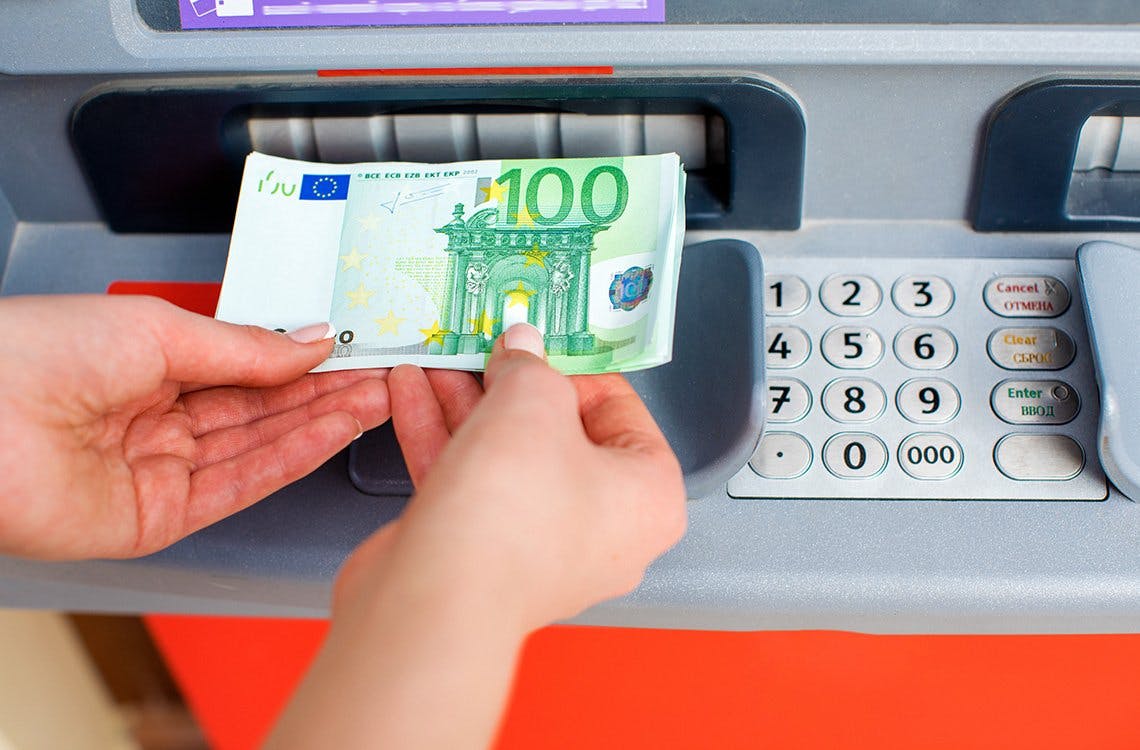
The Role of Cash in Europe’s Evolving Payments Landscape
A new study by Payments Europe, an association of card-based payment providers, found that 20 percent of in-store transactions across the EU continue to be made in cash despite a rise in contactless payment options. It also underscores the importance of ensuring payment choice is preserved for all customers and new forms of payment are introduced with full transparency.
The study—The Evolution of the European Payments Market—was conducted by Payments Europe, an association of card-based payment providers. It notes changes in consumer behaviour brought about by the pandemic, with two thirds of those surveyed saying they use contactless more often than previously. It also claims a fifth of in-person transactions were conducted in cash as of 2021. The latest available figures from the European Central Bank from 2019 put the figure at roughly three in four
According to the study nearly 50 percent of in-store payments are made using cards, with its survey of merchants predicting that could rise to around 57 percent over the next five years while cash usage will remain at around 18 percent. On the consumer side, the estimate for cash use was slightly higher at 21 percent, with cards lower at around 48 percent and other options such as mobile contactless or bank transfers growing in popularity.
Cash remains strongly preferred for peer-to-peer transactions, such as paying a friend or a family member, with the study suggesting 46 percent of consumers would use cash compared with 38 percent who would choose real-time bank transfers or instant payments, 13 percent using standard bank transfers and three percent using other, unspecified methods.
Consumers should have the ability to express their choice between payment methods based on their different needs.
The study concludes with a series of recommendations, including policy makers ensuring any interventions they make do not affect the ‘level playing field’ of the payments landscape, nor undermine competition within it. The importance of consumers retaining choice in how they pay is highlighted, as is the need for new payments to be developed ‘in full transparency’ with end-users being clearly informed about associated risks, such as fraud, and related protection measures in place.
The uptake of new forms of payments should be done in full transparency. End-users should be clearly informed about applicable fraud and consumer protection measures for each method of payment in order not to undermine the confidence that European citizens have in the payment’s ecosystem.
